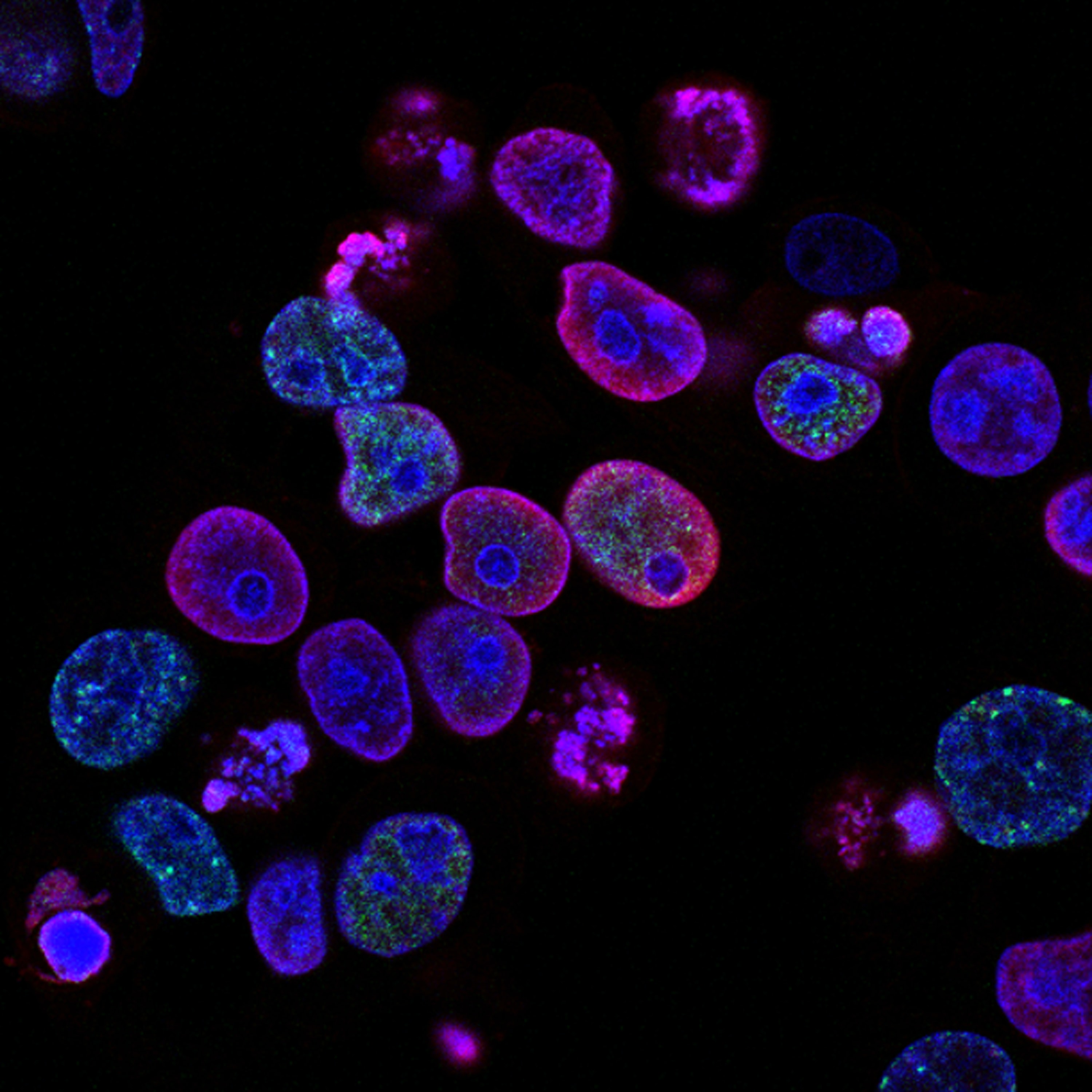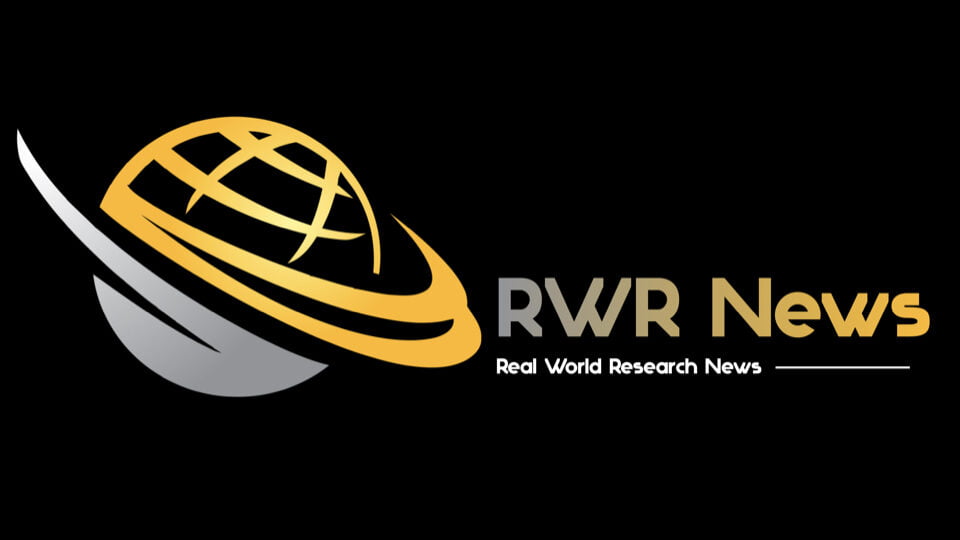
CONTEXT: Transcript of a poster presentation made at the National Comprehensive Cancer Network (NCCN) Annual Conference 2021 on real-world outcomes of febrile neutropenia among patients with breast cancer or non-hodgkin lymphoma. There’s also a link to the 6:33 minute podcast for those who like to hear it directly from the researcher.
IMPACT: low
READ TIME: 4 mins
Quality Level Mean [1 – 10]: 7
1. “We captured the demographic and clinical characteristics of these patients including most of all seven NCCN guidelines‑defined risk factors that were related to febrile neutropenia events.”
2. “Weijia Wang, MSc, Sandoz, Princeton, discusses results from a study estimating the association of demographics, comorbidities, chemotherapy regimen and risk factors on the risk of developing febrile neutropenia (FN) in the first cycle among a cohort receiving pegfilgrastim prophylaxis.”
3. “As such, we conducted this study to see exactly how this real‑world risk factors affect the incidence of febrile neutropenia.”
4. “That means for a patient with three risk factors, they are five times more likely to experience febrile neutropenia than those without any risk factors.”
5. “Again, for the main definition, those with four or more risk factors were found 16 times more likely to experience febrile neutropenia than those without risk factors with 95% confidence interval from 2 to 170.”
